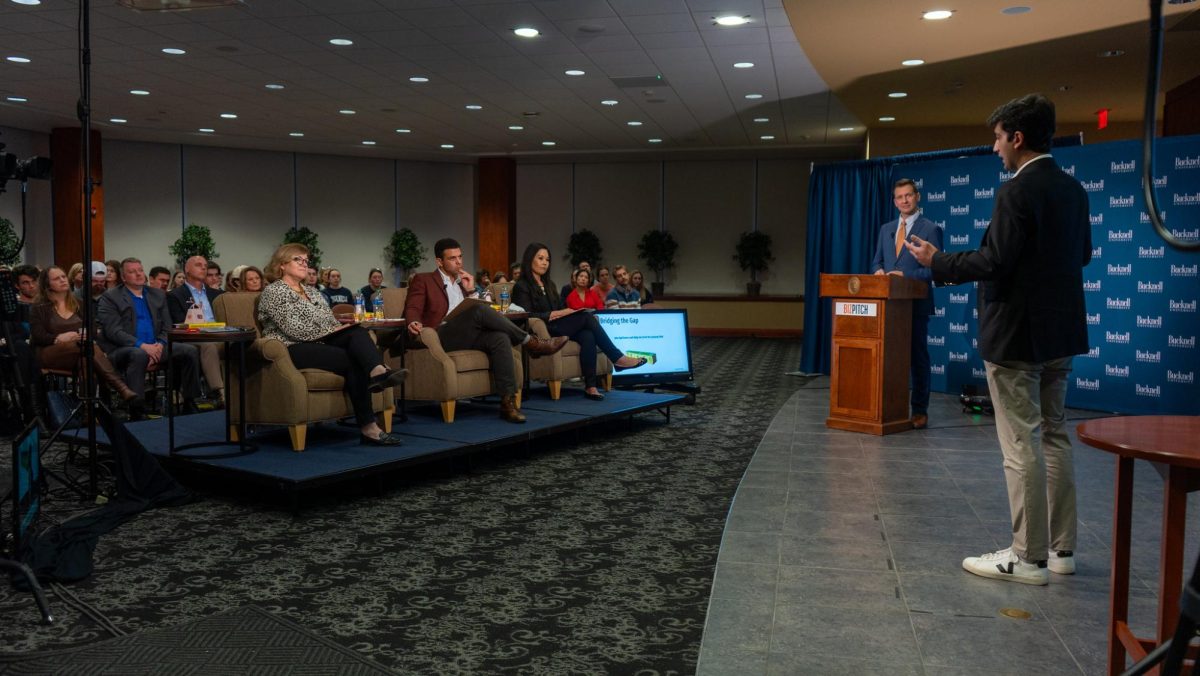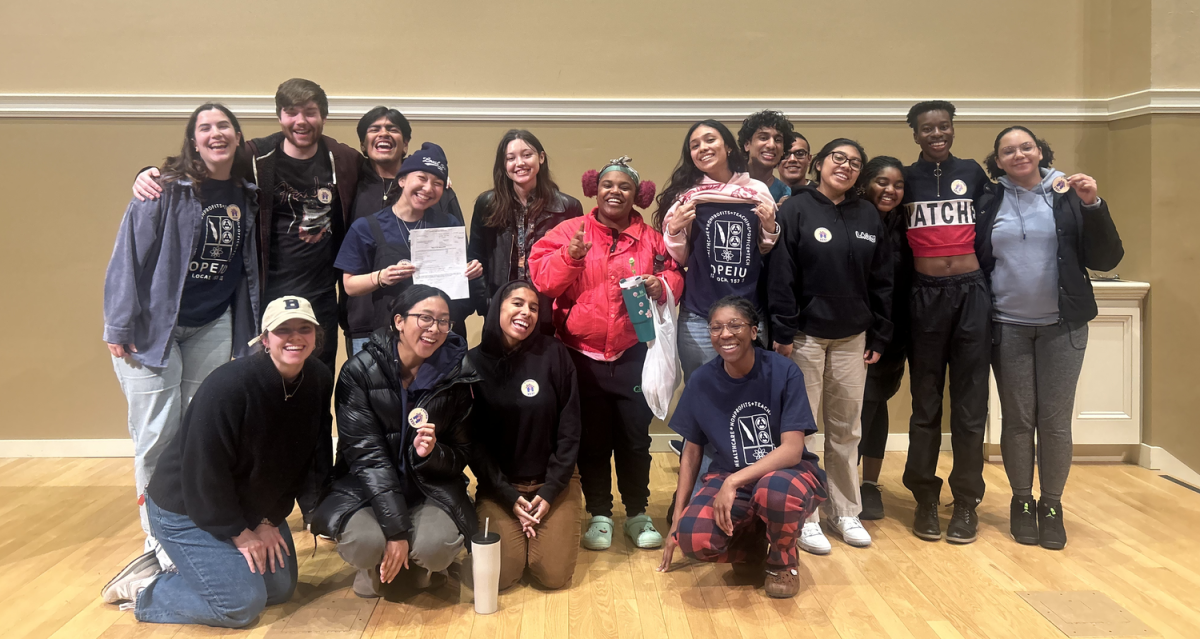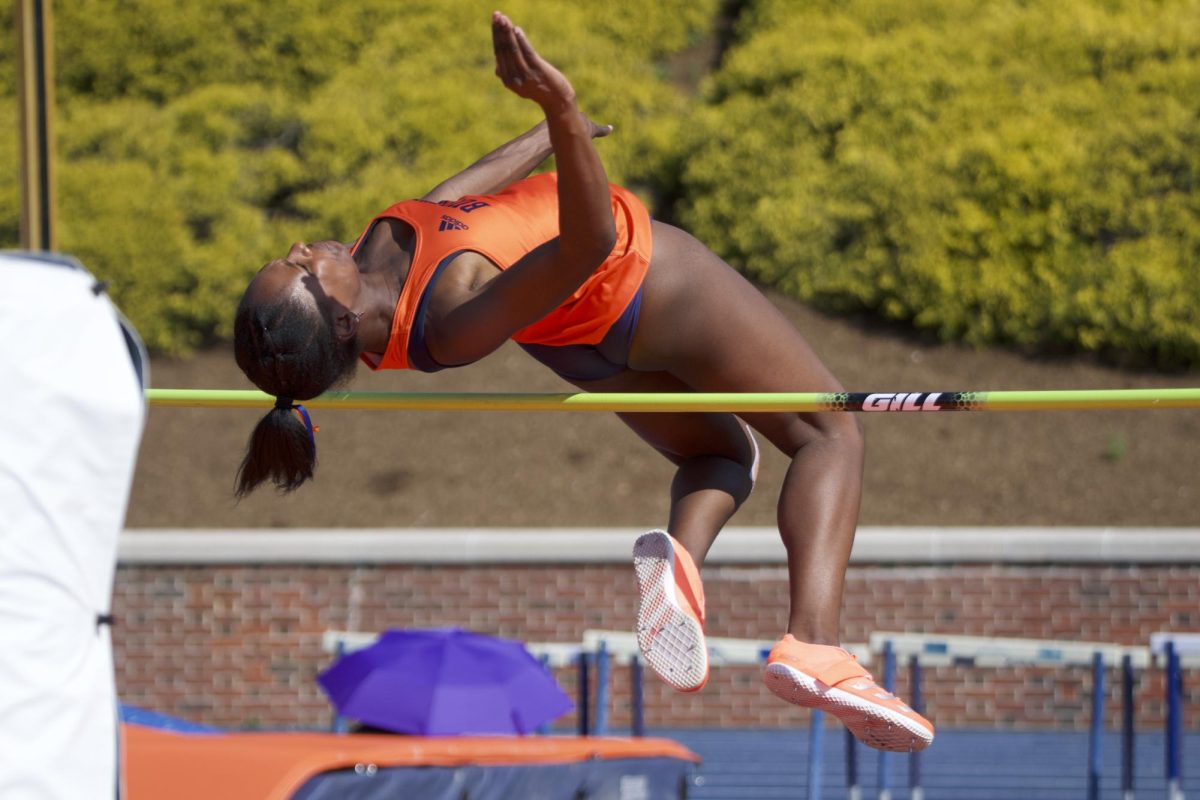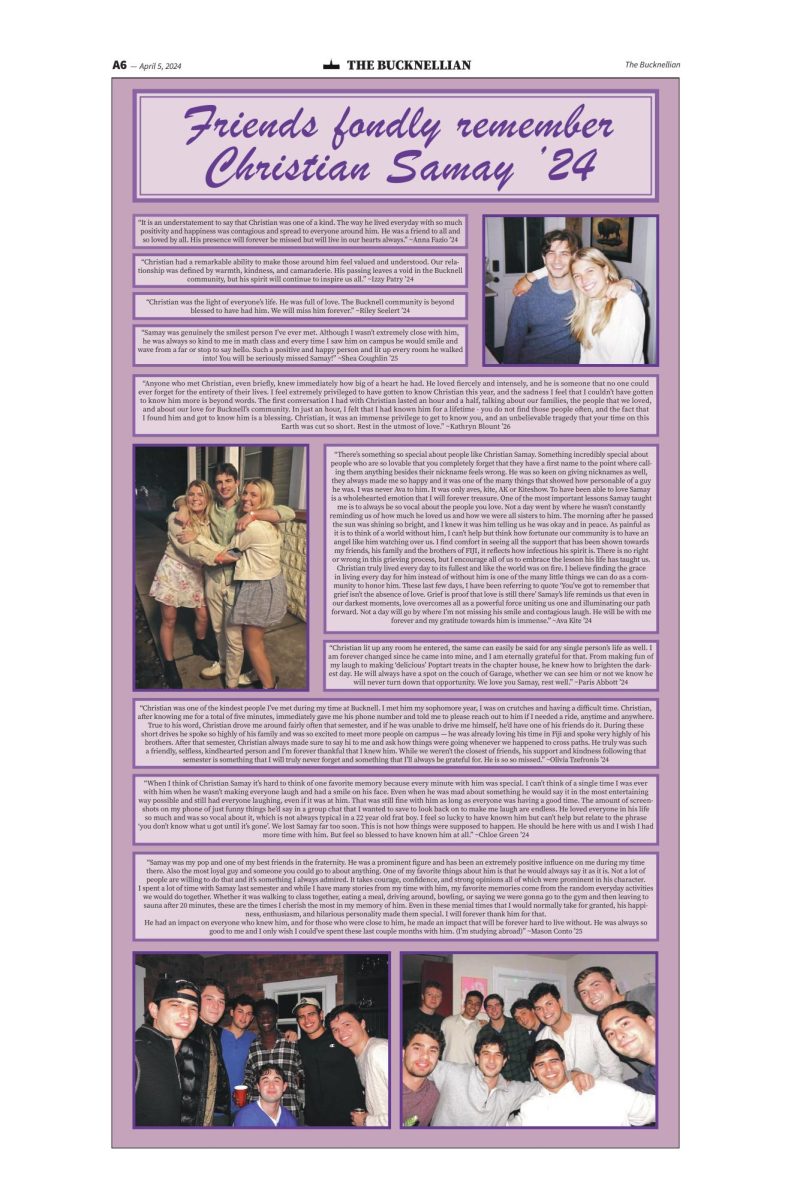Investigative: NYT reports that more University students are from the top one percent than the bottom 60 percent
January 26, 2017
Economic Mobility Hindered by Limited Access to Higher Education
The New York Times reported on a recent study on Jan. 18 titled “Mobility Report Cards: The Role of Colleges in Intergenerational Mobility” published by The Equality of Opportunity Project. The study ranked the University sixth of 38 colleges that have more students from the top one percent than the bottom 60 percent. The University has 20.4 percent of students from the top one percent in contrast to 12.2 percent of students from the bottom 60 percent.
Vice President for Enrollment Management Bill Conley was not surprised with the University’s rank.
“During the years covered by the report, the University’s financial aid resources were highly constrained by our relatively low endowment per student, requiring us to fund financial aid primarily through tuition income. Moreover, the focus on recruitment was highly regional and targeted communities with low economic and racial diversity,” Conley said.
The study by Raj Chetty, John N. Friedman, Emmanuel Saez, Nicholas Turner, and Danny Yagan used anonymous tax filings and tuition records from 30 million college students from 1999 to 2013 born between 1980 and 1991 in order to gather their data. The participants of the baseline sample were limited to those who attended college between 1999 and 2004. The study aimed at discovering which colleges in America contributed most to income mobility and how to increase access to these colleges to students from low-income families. Results were indicative that access to top colleges has remained predominately unchanged.
Students and faculty have similar reactions. Anthony Scrima ’18 is a Posse Scholar who was not shocked to find the University among the top of the ranks.
“What do you expect when you have to invest close to a quarter million dollars for a four-year degree here? If you don’t come from an affluent background it really comes down to three options: Hope for a scholarship, take out large student loans, or cross Bucknell off your college list,” Scrima said.
Sue Ellen Henry, Professor of Education and the Director of the Teaching & Learning Center, plans on discussing and exploring the data presented by the study because it “offers an important view on our community.”
According to Henry, the University’s rank in the survey sheds light on the fact that “we also need to explore honestly, the facets of living and learning in this place that this data suggests, that influence the culture here: the boxes folks carry around from the mail room so frequently, the assumed access to discretionary money for going out, the ‘uniform’ of Bucknell students that includes expensive articles of clothing, the differences in what students do during break periods, and other indications of social class and wealth that are often concealed. This data could draw into relief discussions on these matters that could be the start to opening up the social class culture at Bucknell.”
“Economic trends of that era could have had some influence on the data. However, the trends span a recession without changing significantly, indicating the trends are real,” Professor of Economics Geoff Schneider said.
Kevork Horissian, Assistant Provost of Institutional Research and Assessment, described the methodology of the survey as “very complex.” He emphasized that affordability and access are different.
“In many cases, even if students can afford attending an institution they may decide not to apply or enroll because of factors such as location, admissions requirements, or perceived fit,” Horissian said.
Horissian was also troubled with the study identifying success with income. Income is easy to measure, but factors such as “personal interests, job type and satisfaction, location, happiness, community involvement, quality of living, etc. that are very important measures of success” are more difficult, Horissian said. Henry affirmed this idea that “no one data set tells one everything.”
Nina Banks is an Associate Professor of Economics and affiliated faculty member in Women’s and Gender Studies and in Africana Studies, a program she cofounded. She credits the rising costs of college along with “stagnant wages for families in the bottom 80 percent of the income distribution over the past several decades” as causing the lack of economic diversity in higher education because parents are unable to finance a college education.
Schneider confirmed the present issues of income inequality.
“The United States has very low class mobility compared to the rest of the developed world and compared to the level of mobility that used to exist here,” Schneider said. All levels of education, including preschool, have the greatest impact on whether low income students are able to climb the income ladder in conjunction with “access to jobs and opportunities (without discrimination), and the availability of quality housing, food and health care,” Schneider said.
Professor and Department Chair of Economics Thomas Kinnaman agreed with Schneider that all forms of education impact children from low-income families with respect to the opportunity of mobility.
“Although IQ may indeed be distributed uniformly across all income levels, study skills and learning to develop an appreciation of complex concepts are often functions of the quality of primary and secondary education experienced by a student, which is certainly not distributed equally across income levels,” Kinnaman said.
The Obama Administration and Congress took action to aid the students from low-income families in higher education through Pell Grants that typically go to students from the bottom 40 percent of the income distribution. This caused some elite colleges to claim credit for economically diversifying their student bodies, according to The New York Times. However, trends suggest that access to elite colleges has barely changed. At the University, the opposite has occurred; throughout the past years, student enrollment from the poorest 60 percent of the nation has steadily decreased and student enrollment from the top 10 percent and top one percent has increased. Schneider saw this trend as “the most disappointing part of the study.”
The study found that colleges with the highest bottom-to-top-quintile mobility rates were generally mid-tier public schools, such as City University of New York (CUNY) and campuses in the University of Texas system. Elite private colleges have the best outcomes of bottom-to-top-quintile students but only a very small fraction of students are from low-income families, which limited the effects of this mobility.
As stated in the study’s findings, nationally children from the highest-income families end up 30 percentiles higher in the distribution of individual earnings on average than those from the lowest-income families, highlighting the lack of upward mobility. However, among students attending an elite college such as the University, the gap of individual earnings is 76 percent smaller than the national gradient. This small gap showed that these colleges successfully gave equal opportunity to students of different socioeconomic backgrounds to gain incomes comparable to their peers after college and that students from low-income families were not misplaced at selective colleges.
“For the low-income students we do enroll, a Bucknell education propels them to strong financial outcomes that are similar to what their peers from the top one percent of the income scale experience,” Conley said, highlighting her belief in equal opportunity.
Banks emphasized elite colleges’ lack of incentive to enroll students from low income families.
“If schools can find full-paying students from the U.S. and abroad to pay tuition, what incentive do they have to become for equitable in access to higher education? That requires a rethinking of or recommitment to the purpose of higher education in our society,” Banks said.
Amarachi Ekekwe ’18 believes that this issue needs to be addressed.
“I was very blessed to be selected as a Posse Scholar and due to the fact that I come from a low-income background, I am here for free. However, that is not the reality of many students from similar backgrounds as mine. Due to the rise in the cost of institutions around the nation, it has become harder and harder for students from certain backgrounds to get a quality education,” Ekekwe said.
“After looking through this study when it first came out, I really wanted to know what Bucknell administrators felt about it. How do they feel about their University favoring the elite? It’d be interesting to have them address the campus community about the issue,” Scrima said.
Conley said the University was committed to increasing diversity. Efforts such as broadening the University’s recruitment map began in 2012 and “helped generate the most diverse classes in the University’s 171-year history,” Conley said. That same year, the Office of Admissions created a position called the “Director of Partnerships” whose responsibility, according to Conley, is to develop connections with community-based organizations and schools that are working with students coming from disadvantaged economic and educational backgrounds. Furthermore, the WE DO Campaign has raised almost $150 million for endowed financial aid.
“These are critically important efforts because the underlying issue in this report, and not clearly stated, is the reality of the educational pipeline. While 81 percent of all top quintile income students attend college, only 51 percent of the bottom income quintile students do [according to 2014 Pew Research Center data].” Conley said.























